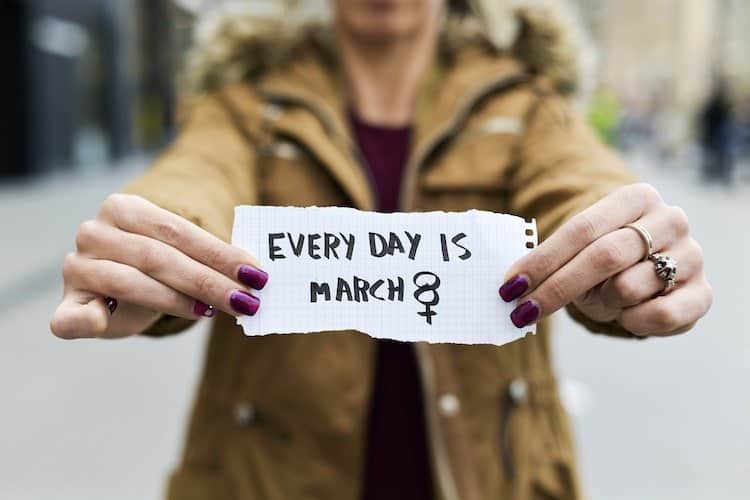2016 is right around the corner and with it comes the annual game of payment predictions. My friend and colleague Mark Ranta got us off to a good start with his payment buzzwords of #bankingapis, #biometrics and #wearables.
I’m taking a slightly different angle—going with three continuing themes that will be amplified in 2016 and will greatly intensify as the year progresses. #Millennials, #Blockchain and #SaaS will have a significant impact on the payments industry in 2016.
#Millennials
We all know #Millennials are influencing how companies go to market and operate. But, Millennials are also changing how we consume products and are a driving force behind m-commerce and the rapidly changing payments environment.
- 37% are willing to engage in beneficial “tracking” by retailers.
- 41% have made a purchase from their smartphone.
- 52% have used the mobile phone as a payment device at the POS.
- 79% would switch payment device/type if incentivized correctly.
Millennial consumers are demanding a seamless, real-time payments experience. Retailers and their ecosystem partners must ask themselves if they meet the requirements of Millennials and in time, the wider population.
#Blockchain
Payment alternatives are coming to fruition from a multitude of sources. One payment alternative is #Blockchain technology, also known as the distributed ledger. For those unfamiliar, a blockchain is essentially just a record, or ledger, of digital events — one that’s “distributed,” or shared among many different parties.
The blockchain can only be updated by consensus of a majority of the participants in the system. And, once entered, information can never be erased. It is a distributed database that maintains a continuously growing list of data records that are hardened against tampering and revision, even by operators of the data store’s nodes.
In 2016, #blockchain technology will be used in a significant private network, with participants who trust each other, removing the need to go out to the “nodes of trust”. Validation by consensus will not need to take place; blocks of transactions will be recorded on the private network ledger.
Blocks will still be recorded on a distributed database. This private network will be made up of the world’s biggest banks and retailers. Unlike R3 CEV, which is rethinking and improving the modern financial markets ecosystem, this consortium will be rethinking and improving the payments ecosystem.
The degree to which the new technologies are affecting these providers varies by customer, and engagement approaches and dialogue will be specific to the business model and pressures faced by each.
The transparency of Blockchain 2.0 data and transaction status to users means simpler and easier reporting on status of payments and improved customer service.
There is great potential for these technologies to reduce payments processing costs, especially those associated with compliance reporting, errors, exceptions, governance, investigation, notifications and reconciliation.
#SaaS
The term “cloud” has to be one of the most misunderstood or misused in the history of payments! It has quickly gone from a true definition to an overused marketing buzzword. And this pains me greatly. There is a pervasive and intensifying trend for technologists and business owners who see software-as-a-service (#SaaS) becoming a bigger part of sourcing strategies.
Surprisingly, cost and cost model are significant considerations, but not the top priorities when moving to a #SaaS payment environment. The renewed focus on revenue growth has restored the requirement for fast time-to-market, innovation and new functionality.
SaaS enhances business agility through its flexibility and “democratized” development. Speed of implementation and deployment improves dramatically with SaaS. Banks and retailers gain more frequent updates that deliver new features and capabilities without the upgrade pain.
So there you have it: #SaaS, #Blockchain and #Millennials will shape the payments industry in 2016. Enjoy the rest of the year and here’s to 366 days of payments next year!




